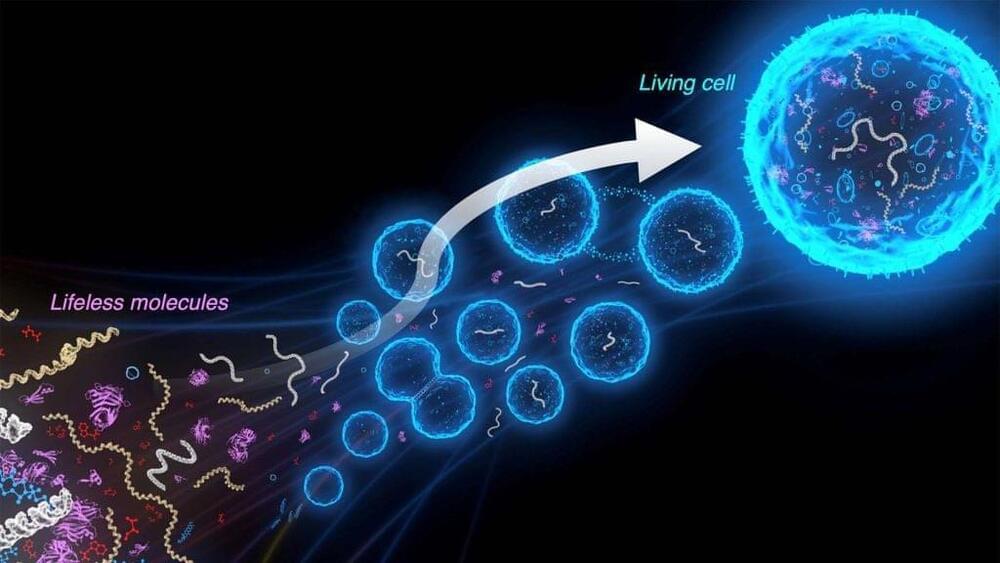Artificial general intelligence is a theoretical form of AI that can reason as well as humans. AI researchers debate how close it is to reality.



A research team, led by Professor Hoon Eui Jeong from the Department of Mechanical Engineering at UNIST has introduced an innovative magnetic composite artificial muscle, showcasing an impressive ability to withstand loads comparable to those of automobiles. This material achieves a stiffness enhancement of more than 2,700 times compared to conventional systems. The study is published in Nature Communications.
Soft artificial muscles, which emulate the fluidity of human muscular motion, have emerged as vital technologies in various fields, including robotics, wearable devices, and biomedical applications. Their inherent flexibility allows for smoother operations; however, traditional materials typically exhibit limitations in rigidity, hindering their ability to lift substantial weights and maintain precise control due to unwanted vibrations.
To overcome these challenges, researchers have employed variable rigid materials that can transition between hard and soft states. Yet, the available range for stiffness modulation has remained constrained, along with inadequate mechanical performance.


Scientists are designing simplified biological systems, aiming to construct synthetic cells and better understand life’s mechanisms.
One of the most fundamental questions in science is how lifeless molecules can come together to form a living cell. Bert Poolman, Professor of Biochemistry at the University of Groningen, has been working to solve this problem for two decades. He aims to understand life by trying to reconstruct it; he is building simplified artificial versions of biological systems that can be used as components for a synthetic cell.
His work was detailed in two new papers published in Nature Nanotechnology and Nature Communications. In the first paper, he describes a system for energy conversion and cross-feeding of products of this reaction between synthetic cells, while he describes a system for concentrating and converting nutrients in cells in the second paper.

Swiss scientists set a record with the longest hyperloop journey testing, simulating high-speed travel in a low-pressure tube.

He has frequently voiced concerns over the Biden administration’s approach to immigration and the economy, and claimed free speech would be at risk with another Democrat presidency.
As one of the president-elect’s most important backers, the tech billionaire donated more than $119m (£92m) to fund a Super PAC aimed at re-electing Trump.
He also spent the last weeks before election day running a get-out-the-vote effort in the battleground states, which included a daily giveaway of $1m to voters in those states.

According to Banerjee and colleagues, that could drive enough volcanism to blanket the planet in sulfur dioxide and hydrogen sulfide.
But other planetary scientists aren’t so sure, and that underscores how difficult it is to understand what we’re seeing when we look at an exoplanet’s atmosphere from 35 light years away, even with a powerful and sensitive telescope like JWST.
“The era of detection and characterization of atmospheres around rocky exoplanets is now here,” write Banerjee and colleagues in their recent paper. And that’s true, but it’s not always as straightforward as astronomers might hope.

Francois Chollet, a prominent AI expert and creator of ARC-AGI, discusses intelligence, consciousness, and artificial intelligence.
Chollet explains that real intelligence isn’t about memorizing information or having lots of knowledge — it’s about being able to handle new situations effectively. This is why he believes current large language models (LLMs) have \.